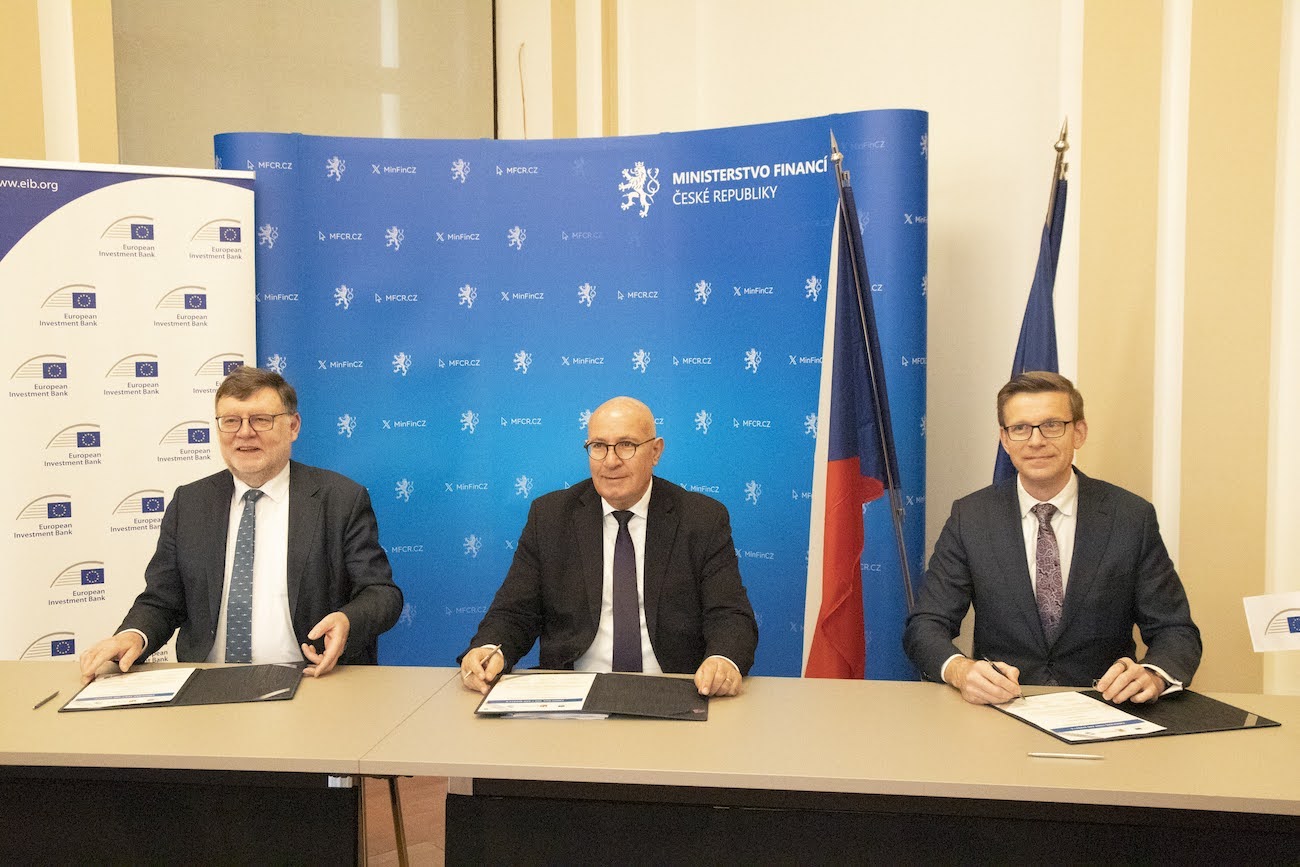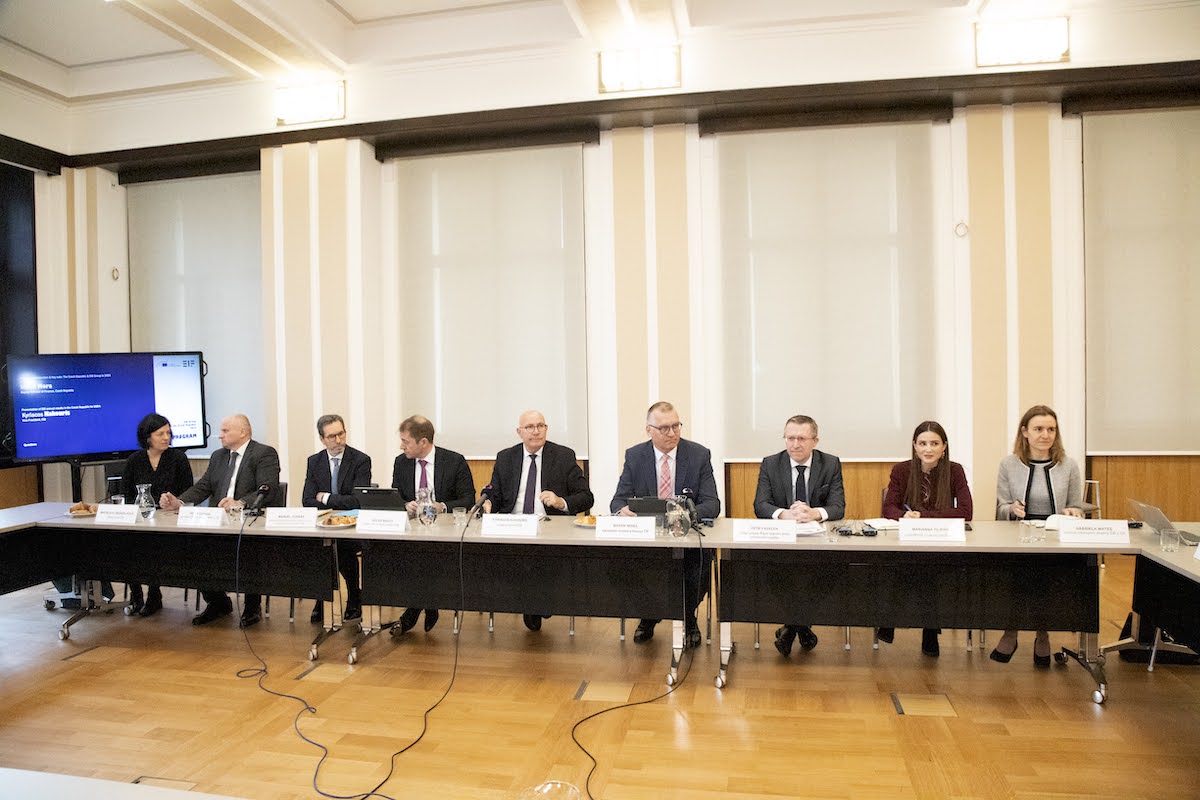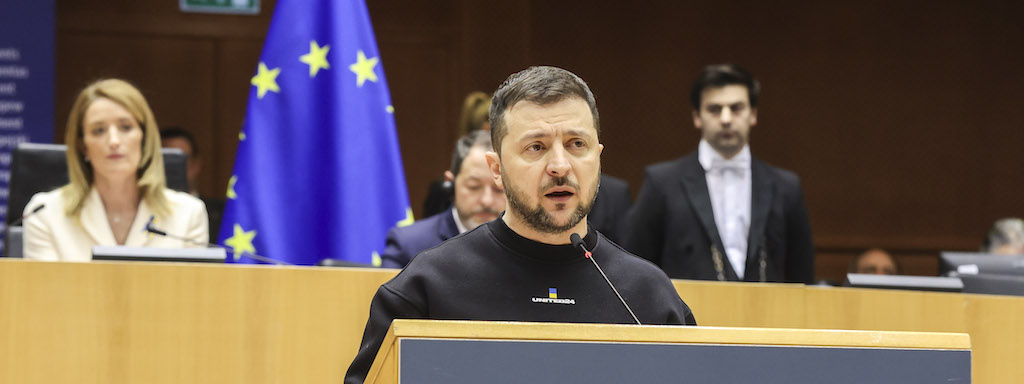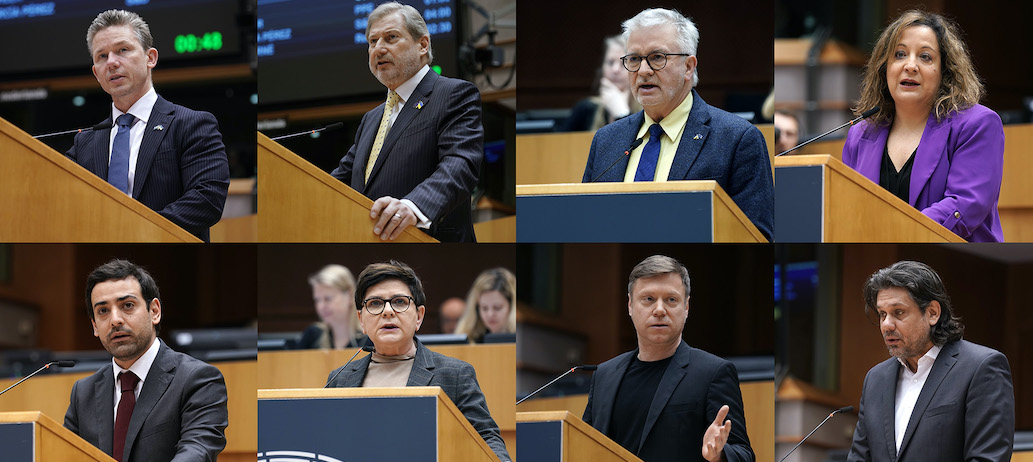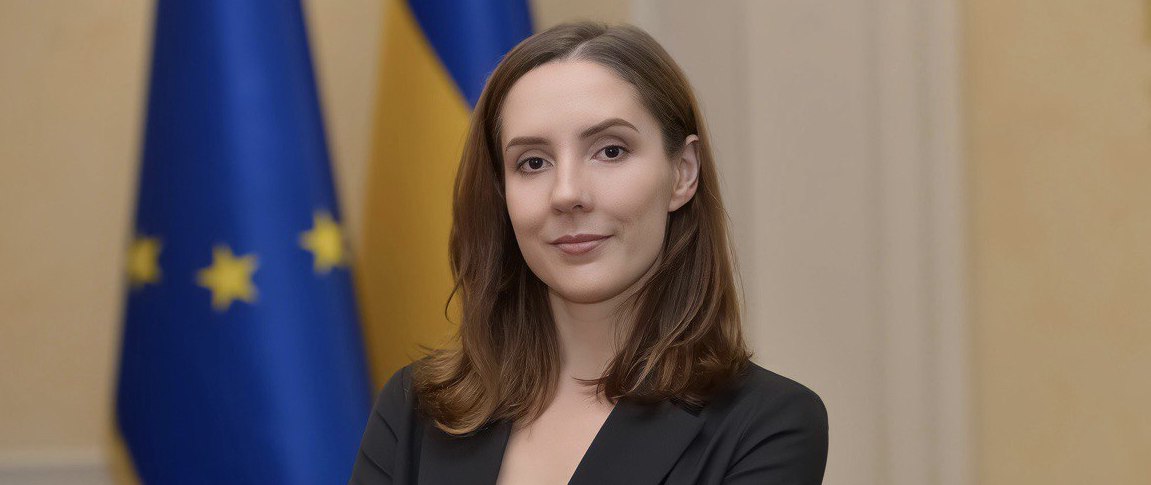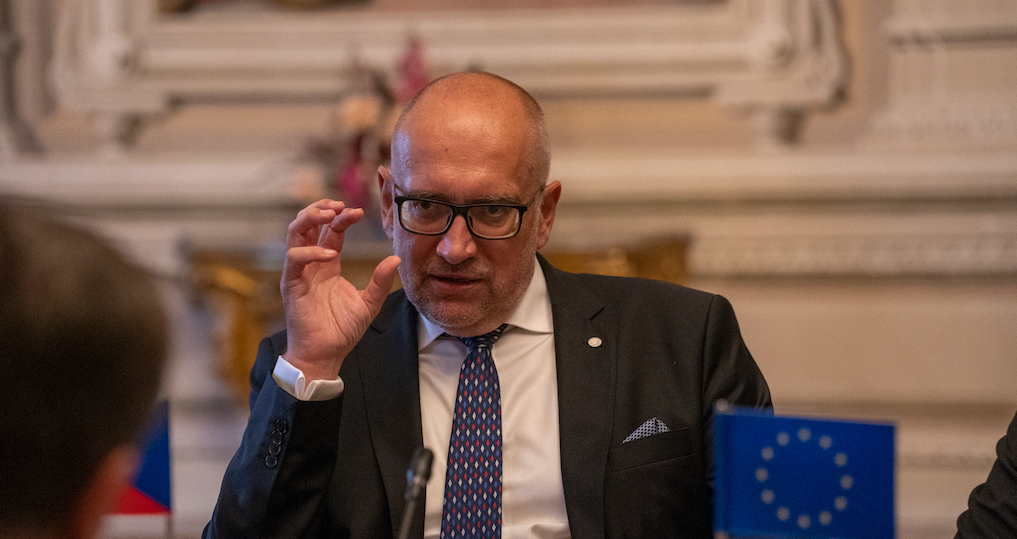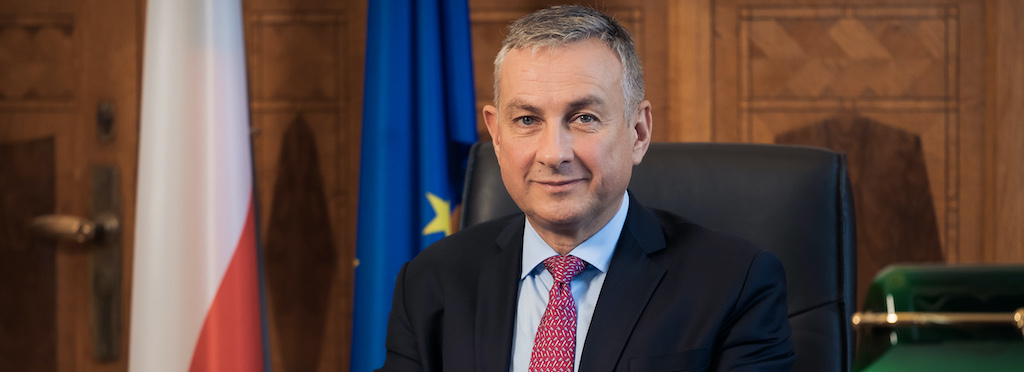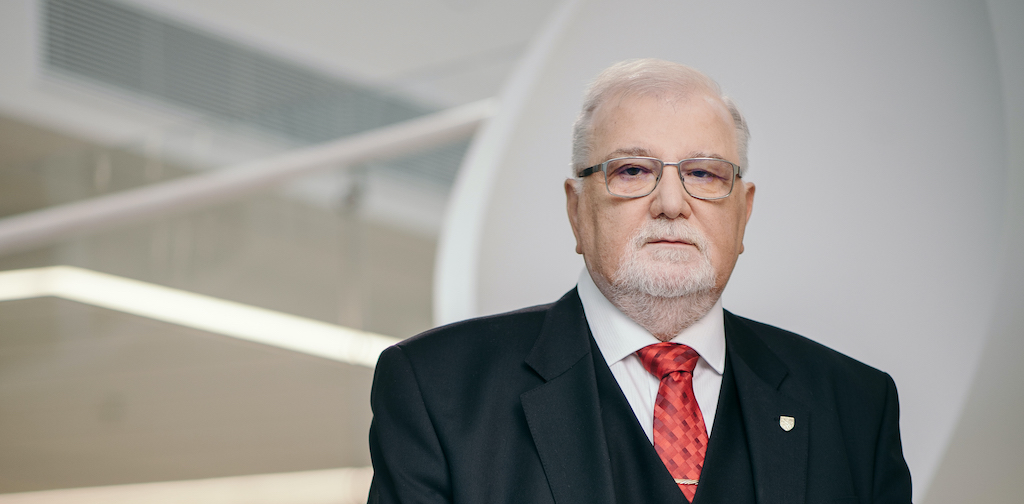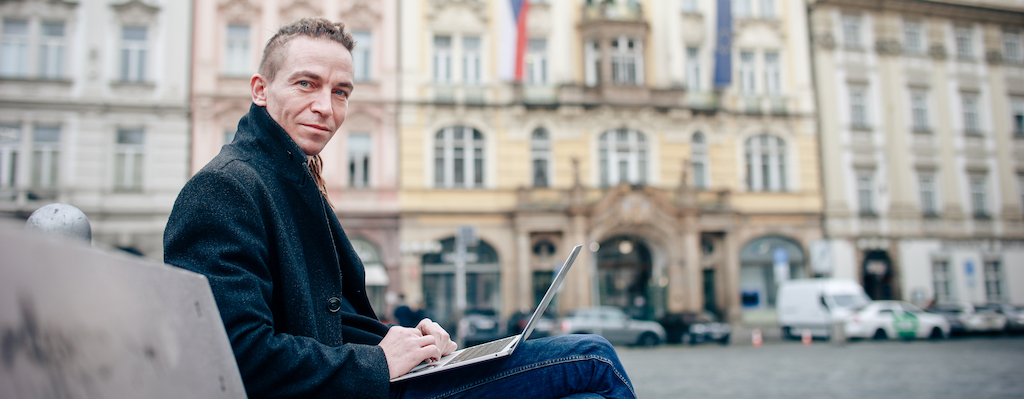
State aid rules for the green transition
Our state aid rules have to deal with the huge investments that we’ll need, to make Europe climate neutral by 2050.
Our Sustainable Europe Investment Plan will help make a trillion euros available for that investment. And with so much at stake, it’s easy to assume that we shouldn’t worry too much about exactly how that money is spent.
But the truth is just the opposite. Having the right conditions in our state aid rules can help us to do more with our money, not less.
Those rules can help us to get the best for the money we spend, by using competition to drive down costs. There’s been a remarkable fall in the cost of supporting renewable energy, since the state aid rules began to require competitive bidding to hand out that money. In Germany, the cost of supporting solar power has been cut in half. Some offshore wind projects in Europe now happen with no subsidy at all. And the money that Europe saves in that way can be invested elsewhere, to speed up the transition – without costing taxpayers a cent more.
The state aid rules can also help us get the most out of what the private sector can do. Because a fundamental principle of the rules is that taxpayers’ money shouldn’t crowd out private investment. It should add something extra, not just replace investments that businesses would have made anyway.
The state aid rules also make sure that this money is spent without harming competition. Because we need to tackle climate change – but we should do it in a way that preserves the competition we need, to keep our economy strong and competitive.
So the state aid rules are a vital part of the green transition. And it’s important that we keep them up to date, so they can support the investments we need. That’s why we’ve decided to speed up our review of the rules on state aid for energy and the environment, so the new rules can be in place by the end of next year.
We’re also about to complete our work on new rules for state aid to help energy-intensive industries cope with higher electricity costs from the EU’s emissions trading system. The new draft rules – which are open for comment until next week – are designed to make sure this aid doesn’t undermine our climate goals. So companies which get aid will also have to do their part to cut emissions, by becoming more energy efficient.
And our state aid rules can also help make it possible for governments across Europe to pool their resources, and fund innovation that benefits our whole Union.
Our rules on important projects of common European interest already help to make that happen. They open the way for governments from different EU countries to come together with business to support breakthrough innovation – and to share the results widely throughout Europe. Those rules have already made two large, EU-wide projects possible, developing things like low-power microchips, and more environmentally friendly batteries. But experience shows that there are conditions that could be clearer, and procedures that could work more smoothly. So, we’re also bringing forward our review of these rules, so we can have new rules in place before the end of 2021.
The green transition affects all of us. But some parts of Europe will have to make a bigger adjustment than others. There are regions of our continent whose economies still depend, to a large extent, on digging up fossil fuels, or on industries that produce a lot of greenhouse gases. And our Just Transition Mechanism will make 100 billion euros available, to support these regions as they convert their economies to clean industry.
This is a question of solidarity – and it should work with, not undermine, the solidarity Europe shows through the cohesion policies that help our poorest regions to catch up.




